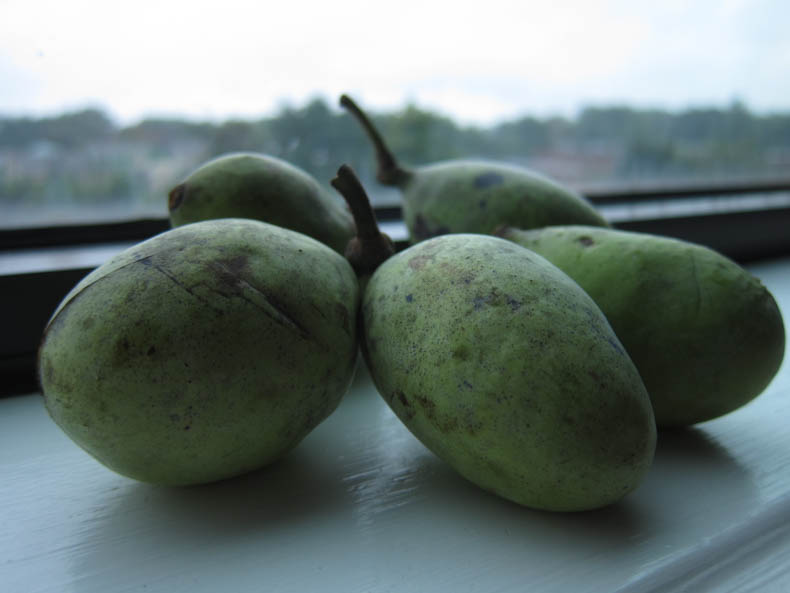
When’s the last time you tried a new fruit? The last time I did, I think I was probably in a tropical country, or eating something grown in a tropical country. But on Sunday I tried a new fruit from right here in the temperate latitudes.
The pawpaw is the largest native fruit in North America. They’re native to the woodlands of my part of the world – the mid-Atlantic region of the U.S. – and I originally learned about them from acquaintances who, like me, grew up around here but, unlike me, paid attention to trees. You can find them growing wild around here but I have no idea what a pawpaw tree looks like. I didn’t get my fruit from a tree. I got it from a special pawpaw table (a “Paw Paw Pop Up”) at the local farmer’s market.
The fruit looks like a mango, but it’s only about as long as a finger. The nice women at the Paw Paw Pop Up instructed me to cut it in half, then scoop out the flesh, while avoiding the seeds. Avoiding the seeds wouldn’t be hard, she assured me. Continue reading


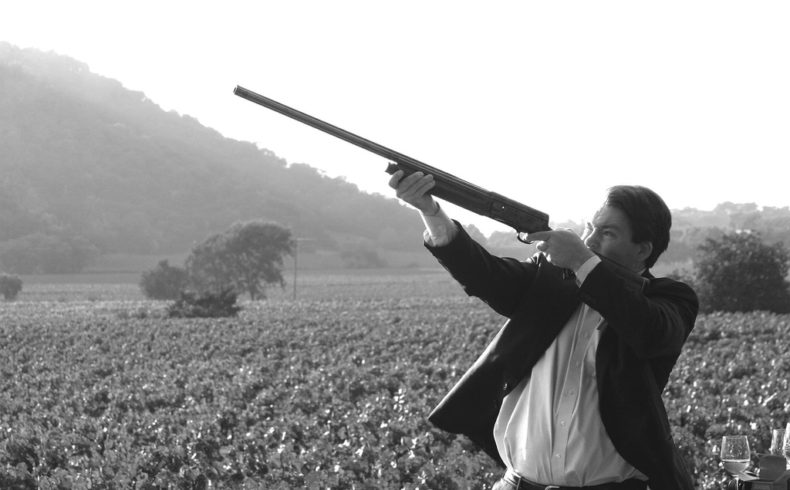

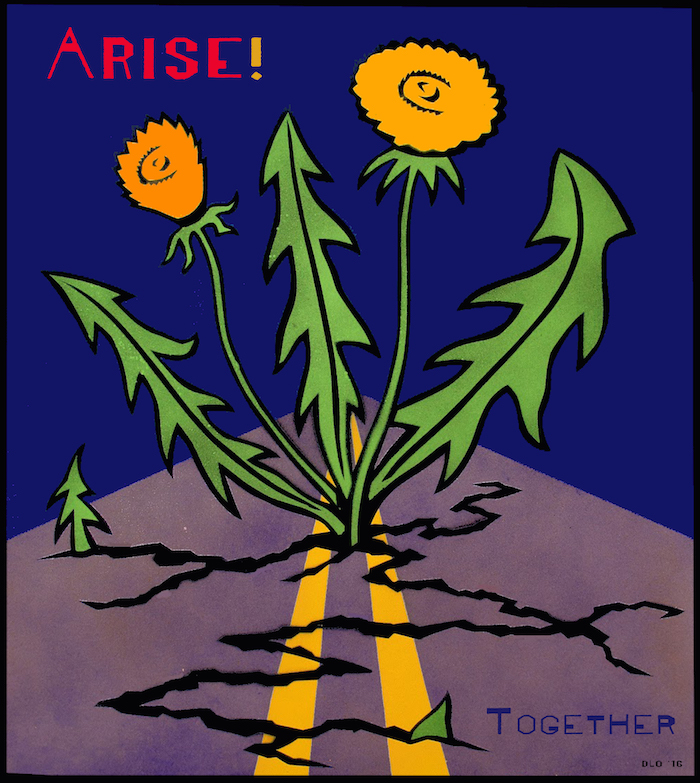 I have a friend who is worried about our country. Haw haw. Who am I kidding? All my friends are worried about our country, every single one of them, even the Republicans I know. We are living through an incredibly bonkers and troubling moment: climate change is starting to actively bite us in the ass here in the United States, via intense hurricanes and wildfires; overt racism and fascism have come out of hiding to parade in the streets; children are being locked up in cages; and the rich keep getting richer while everyone else gets poorer—just to get the list started. My friend wants to do something about all this.
I have a friend who is worried about our country. Haw haw. Who am I kidding? All my friends are worried about our country, every single one of them, even the Republicans I know. We are living through an incredibly bonkers and troubling moment: climate change is starting to actively bite us in the ass here in the United States, via intense hurricanes and wildfires; overt racism and fascism have come out of hiding to parade in the streets; children are being locked up in cages; and the rich keep getting richer while everyone else gets poorer—just to get the list started. My friend wants to do something about all this. 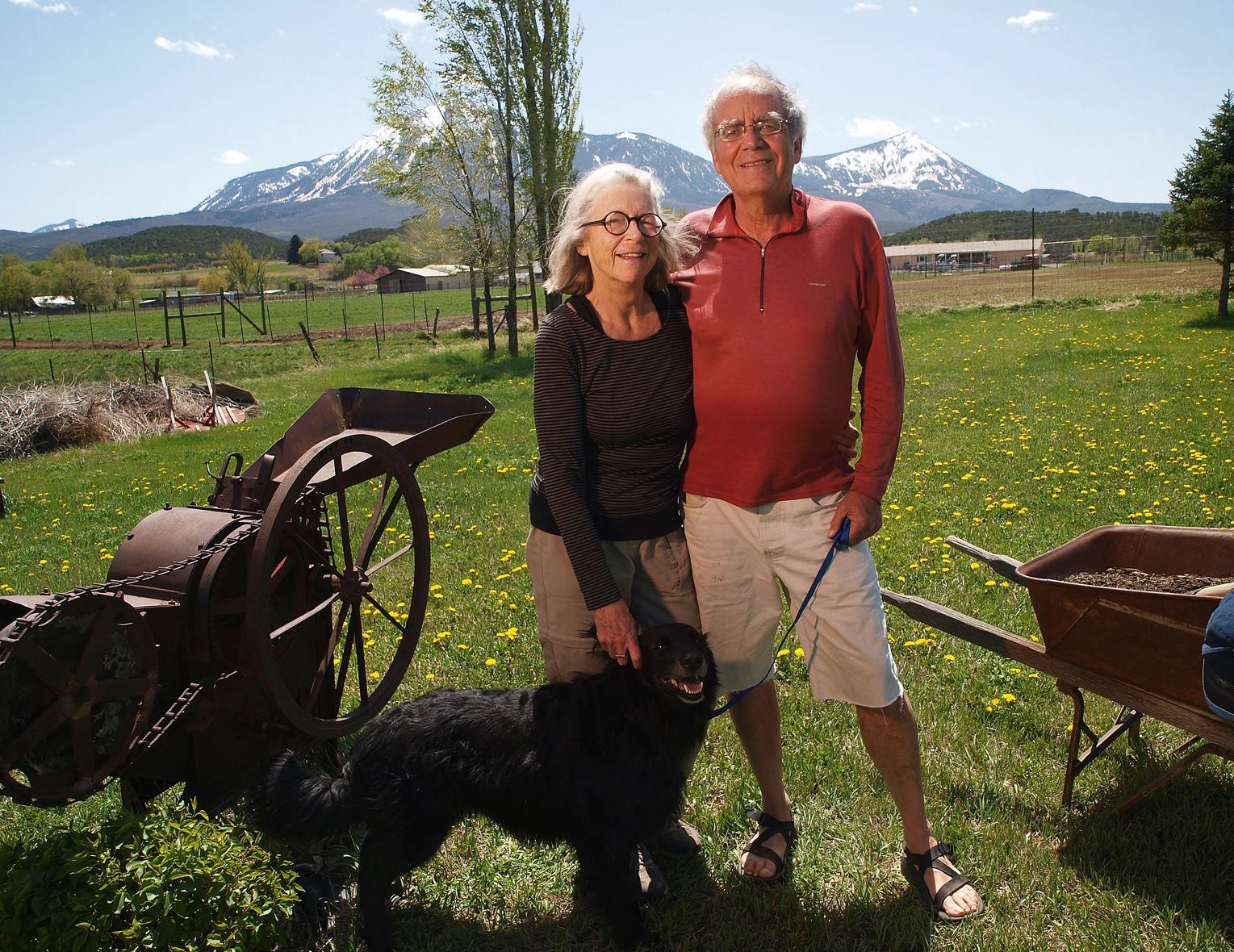
 Sometimes I lose track of time when I’m in the water. There are days when it seems like I’ve been paddling through whitewater for hours, the wind makes my ears feel like icicles, and my arms are burning. When I get back to the car, only fifteen minutes have passed since I started surfing. Then there are days when the sky is blue, the waves are just right and there’s a friend to chat with between sets. On those days it seems like I’ve hardly been in the water at all. And on those days I have sometimes been late to pick up my kids.
Sometimes I lose track of time when I’m in the water. There are days when it seems like I’ve been paddling through whitewater for hours, the wind makes my ears feel like icicles, and my arms are burning. When I get back to the car, only fifteen minutes have passed since I started surfing. Then there are days when the sky is blue, the waves are just right and there’s a friend to chat with between sets. On those days it seems like I’ve hardly been in the water at all. And on those days I have sometimes been late to pick up my kids.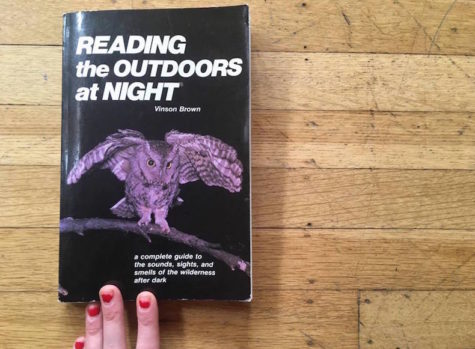 September 10-14, 2018
September 10-14, 2018